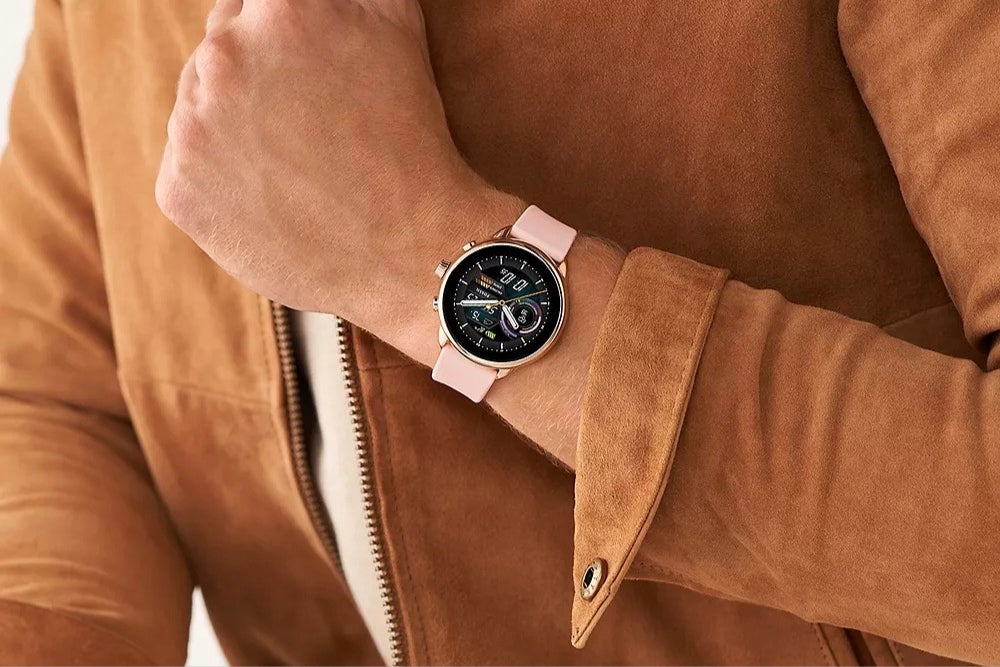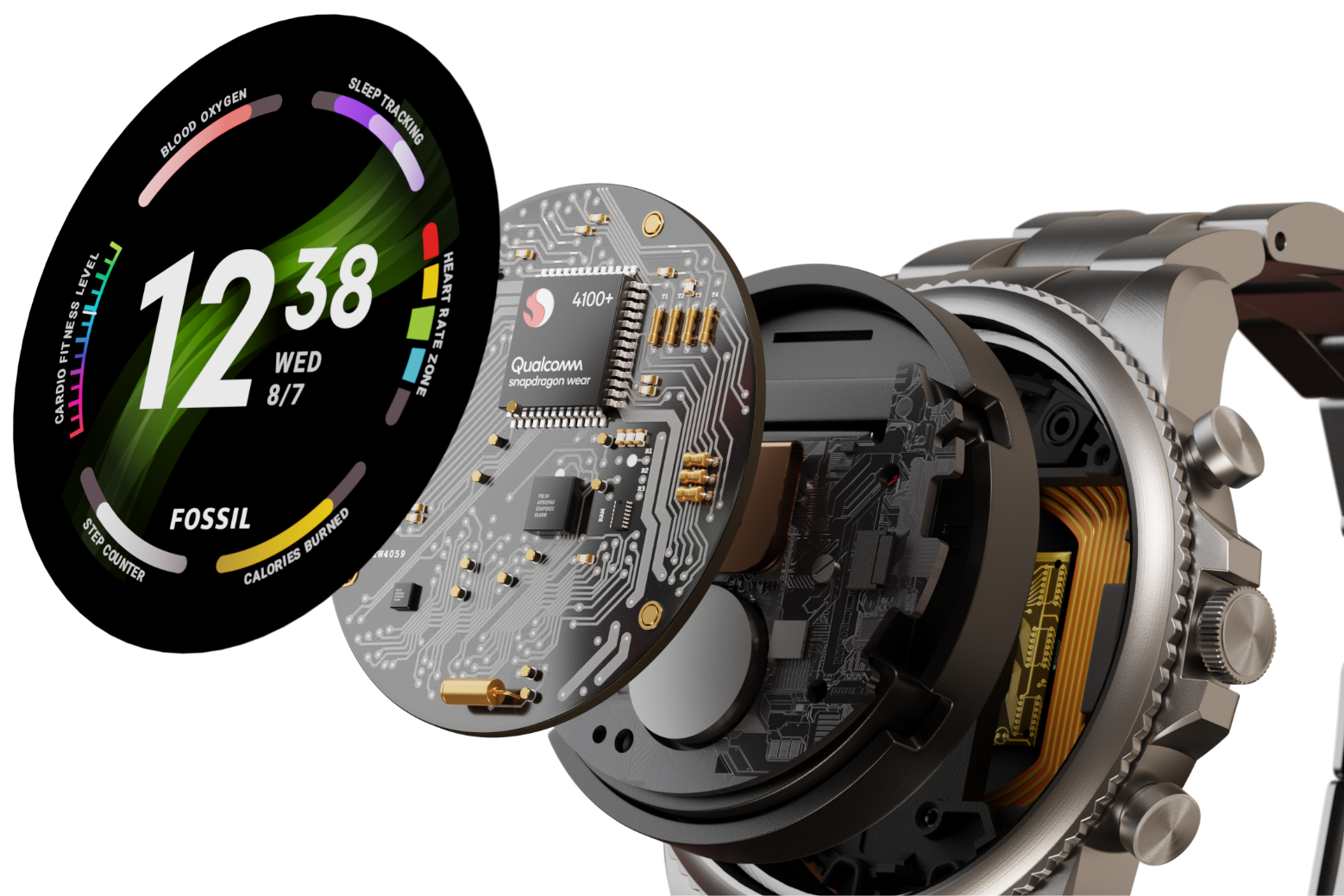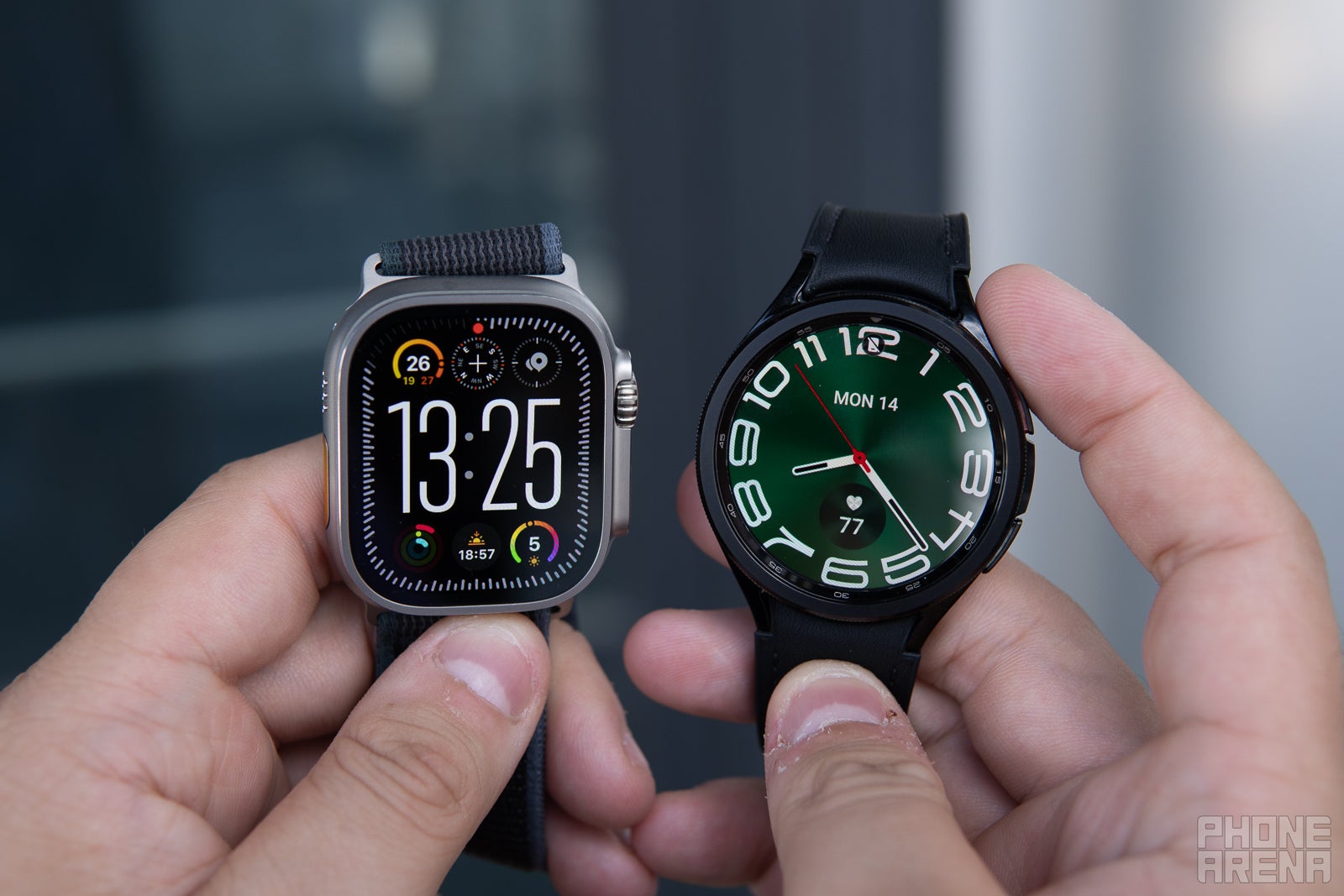My trusty Fossil watch, still ticking after all these years (and let’s be honest, still looking pretty darn sharp), is a testament to that. So, when I heard Fossil was entering the smartwatch game, I was all in. Fashion + tech? Sign me up.
But alas, like that regrettable frosted tips trend, Fossil’s smartwatch adventure didn’t quite achieve cult status. In 2024, the company exited the market, which made me want to look closer at what went down. Let’s dive in.
First things first. If you are unfamiliar with the company (I am sure not everyone is such a big fan), you should know that Fossil is a popular American watch and accessory company founded in 1984. It is known for its stylish and traditional watches, and in recent years, it had expanded into the smartwatch market.
Back in 2015, Fossil saw the smartwatch wave coming and decided to catch it. It hopped on the Wear OS bandwagon, offering smart versions of its classic designs. Fossil smartwatches run on Wear OS by Google, which is an operating system that is compatible with Android smartphones as well as with iOS, for that matter.
Fossil’s smartwatch lineup is a fashion show on your wrist. Fossil watches come in a variety of styles that blend fashion with tech, so you can find one that matches your personal taste. They pack in a variety of features commonly found in other smartwatches, including:
However, a sleek design and a variety of features might not be the right recipe for success, especially when the watch’s battery life is not as long as some other smartwatches, the Wear OS is buggy at times, and it is more expensive than some of its competitors.
Speaking of competitors, here is where things got a bit… rocky. Competition was fierce. Tech giants like Apple and Samsung were the Beyoncés of the smartwatch world, leaving Fossil feeling more like the awkward cousin at the family reunion. Yet, the smartwatch scene was brand new territory for Fossil, while Apple, for example, already had established brand loyalty in the tech world.
that 80% of iPhone users who own smartwatches choose an Apple Watch, leaving the other 20% to consider alternative brands like Fossil. Fossil’s compatibility with both Android and iOS makes it an option for iPhone users who aren’t drawn to the design of the Apple Watch. Personally, I can’t see myself wearing an Apple Watch, even though I use an iPhone; its design just doesn’t appeal to me. That’s why I was glad when Fossil entered the market with its stylish options.
But again, here comes the software. Well, let’s just say Wear OS wasn’t exactly known for its user-friendliness on devices different than Google’s and Samsung’s. Bugs and limitations compared to its competitors left some users feeling more frustrated than accidentally hitting reply-all on a work email (shudder).
You can check out my colleague’s experience with the Fossil Gen 6, for instance, which was not only annoying in terms of software performance but also literally gave him a skin burn. After all, Fossil is a watchmaker. Not a software engineer. And it shows (as much as I don’t want to admit it).
Fossil’s farewell


Image Credit–Fossil
In a statement, Fossil spokesperson Amanda Castelli said:
As the smartwatch landscape has evolved significantly over the past few years, we have made the strategic decision to exit the smartwatch business. Fossil Group is redirecting resources to support our core strength and the core segments of our business that continue to provide strong growth opportunities for us: designing and distributing exciting traditional watches, jewelry, and leather goods under our own as well as licensed brand names.
It was a bittersweet moment for fans of the brand, but let’s be honest, it wasn’t entirely unexpected. The Gen 6 is the latest smartwatch series, and it was released around 3 years ago. The lack of new smartwatch models since 2021 signaled Fossil’s gradual retreat from the market.
Fossil has assured users that it will provide updates for its existing Wear OS smartwatches for a few more years, offering some relief for current owners. However, once the updates cease, your smartwatch may become just a fossil waiting to be discovered by future generations around your home.
Circle back to the core issue


Image Credit–Fossil
And yet, the newest Fossil smartwatches, like the Gen 6 series, are still rocking Wear OS 3. And believe it or not, they only got the update last year. Crunch the numbers, and you will see that an OS released in 2021 reaches Fossil (and other brands, mind you) almost two years later. So, yeah, bugs are par for the course.
Annoyingly late Wear OS


Image Credit–Fossil
Now, you might be wondering, why is that? Well, let’s break it down. There are a couple of factors at play here, starting with the complexity of the Wear OS platform and the intricacies of partnerships and collaborations.
Wear OS is a complex operating system that needs to be customized for various hardware configurations. Each smartwatch manufacturer might use different sensors, processors, and other components, requiring specific adjustments to the OS for each device.
This customization journey can take a while because, you know, there are these pesky technical hurdles when tweaking the software for different hardware setups. Plus, there is the ongoing mission to keep that user experience top-notch across all devices.
Getting updates out the door usually means getting everyone on the same page, too – think Google (the brain behind Wear OS), the smartwatch maker (like Fossil), and sometimes other partners (like Qualcomm, the chip guru). But here is the kicker: getting all these players to sync up their interests and schedules can put the brakes on updates.
Apple and Samsung are not easy to compete with


Apple Watch Ultra 2 next to Galaxy Watch 6 Classic (Image Credit–PhoneArena)
The rest? Well, they are duking it out for whatever’s left. Some reports suggest hundreds of smartwatch manufacturers worldwide, but pinpointing the exact number of smartwatch manufacturers globally is challenging due to the dynamic nature of the market and varying definitions of “manufacturer.”
The smartwatch market isn’t as massive as you might think. Take the US, for instance – only 12.2% of Americans are rocking a smartwatch or fitness tracker. Zoom out a bit, and the global scene shows about 219.43 million smartwatch users as of 2023. So, slipping off the radar might be quite easy, considering the circumstances.
Lessons learned
What can we learn from Fossil’s smartwatch journey? Well, for starters, it’s a reminder that even the coolest trends can have an expiry date. And that tech giants, with their bottomless pockets and fancy gadgets, are tough competitors to beat. But it also highlights the importance of focusing on core strengths.
Who knows, maybe the future holds another smartwatch foray for Fossil. Why not in the form of collaboration with one of the big players (I wish)? But until then, we can appreciate the company’s attempt to blend fashion and tech, even if it didn’t quite hit the right note.
#big #tech #bully #favorite #watchmaker #Lets #talk #Fossils #farewell


